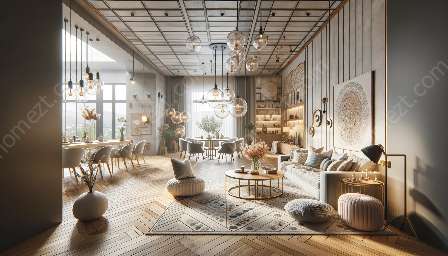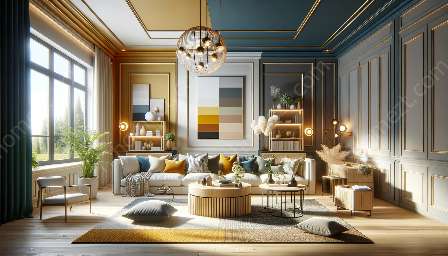Store layout plays a significant role in the success of retail businesses. It involves the arrangement of fixtures, displays, and merchandise within a store to create an attractive and functional environment for customers. The layout of a store also impacts visual merchandising, as it determines how products are showcased and presented to shoppers.
The Importance of Store Layout
An effective store layout is crucial for several reasons. Firstly, it influences the overall shopping experience of customers. A well-designed store layout can guide customers through the store, making it easy for them to navigate and find products. Additionally, a well-planned layout can enhance the visual appeal of the store, creating an inviting and engaging atmosphere that encourages customers to explore and make purchases.
Compatibility with Visual Merchandising
Store layout and visual merchandising are closely intertwined. Visual merchandising involves the presentation of products in a way that attracts customers and entices them to make purchases. The layout of the store determines how products are displayed and arranged, making it essential to align store layout with visual merchandising strategies. By coordinating the layout with visual merchandising efforts, retailers can create cohesive and impactful displays that capture the attention of shoppers.
Key Principles of Store Layout
When designing a store layout, retailers should consider several key principles to optimize the shopping environment:
- Customer Flow: The layout should be conducive to a smooth and logical flow of customer traffic, guiding them through the store in a way that maximizes exposure to merchandise.
- Zoning: Different areas of the store should be designated for specific product categories, creating organized zones that help customers locate items easily.
- Visibility: Products should be displayed in a way that maximizes visibility, drawing attention to key merchandise and promotions.
- Accessibility: Shelves, racks, and displays should be positioned to allow easy access for customers, making it convenient for them to browse and handle products.
- Flexibility: The layout should be adaptable to accommodate changes in inventory and seasonal promotions, ensuring that the store remains dynamic and relevant.
Elements of Effective Store Layout
Several elements contribute to an effective store layout:
- Fixtures and Displays: The strategic placement of fixtures and displays can create focal points and highlight featured products, attracting the attention of shoppers.
- Signage: Clear and informative signage helps guide customers to desired sections and promotes special offers or promotions.
- Visual Hierarchy: The arrangement of products should follow a visual hierarchy, with prominent placement given to high-margin items and popular merchandise.
- Lounge Areas: Integrating comfortable seating areas or rest zones can enhance the overall shopping experience, encouraging customers to spend more time in the store.
- Lighting: Well-planned lighting accentuates products and creates an inviting ambiance, influencing the mood of shoppers and highlighting merchandise.
Conclusion
In summary, store layout is a vital component of retail trade, impacting both the functionality and aesthetic appeal of a store. When combined with effective visual merchandising, a well-planned store layout can create a compelling environment that attracts and engages customers. By understanding the key principles and elements of store layout, retailers can optimize their store design to maximize sales and deliver an exceptional shopping experience.



